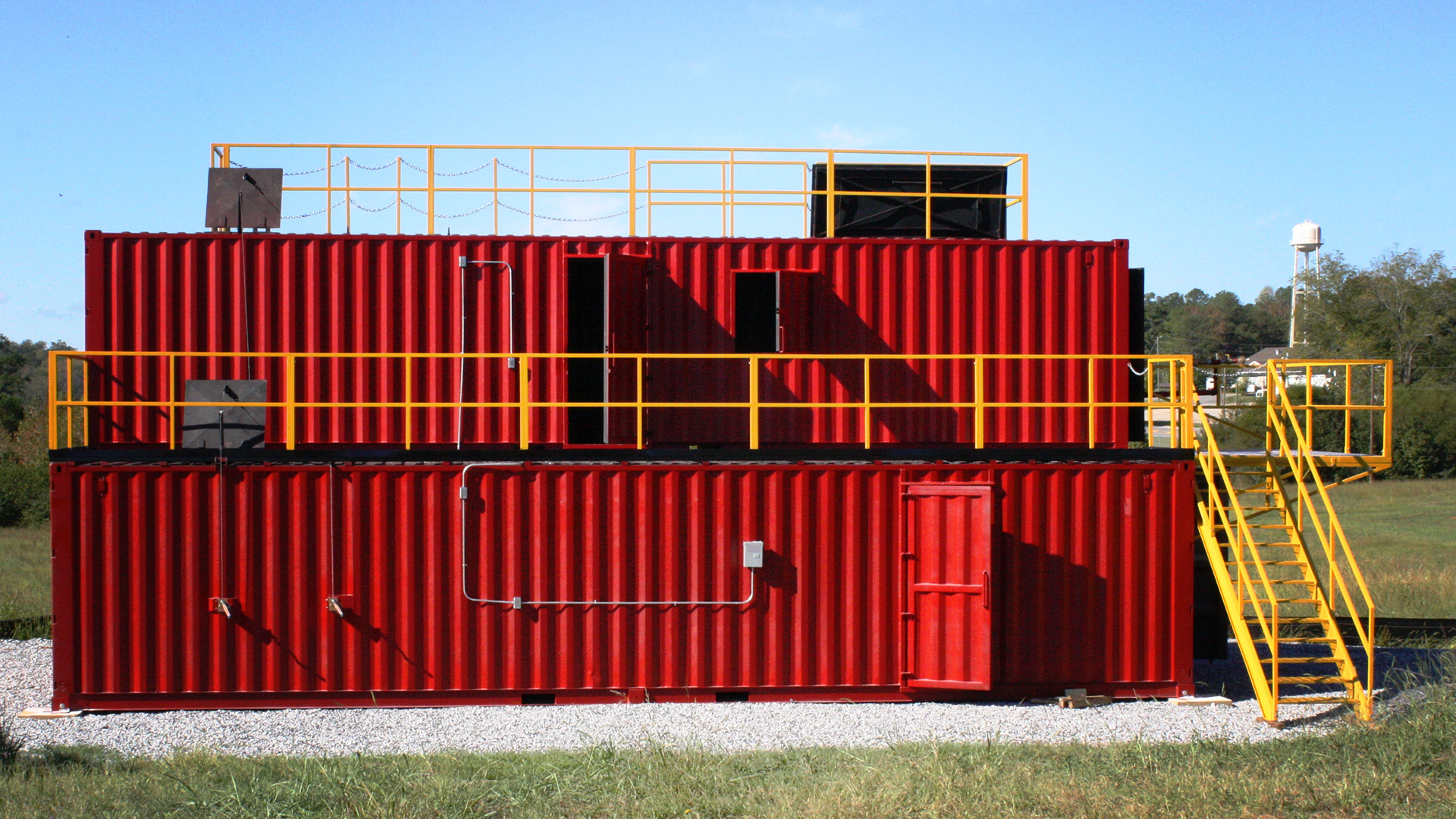Step-by-Step Guide to Sprinkler Systems and Fire Brigade Drills
Step-by-Step Guide to Sprinkler Systems and Fire Brigade Drills
Blog Article
Emergency preparedness is a necessary consideration for building managers. Critical elements of fire protection are sprinkler systems and firefighting preparedness programs. While sprinkler systems reduce fire damage, trained fire brigades support evacuation efforts.
How Do Sprinkler Systems Work?
Fire sprinklers react immediately by releasing water when a fire is detected. Fire safety heads activates independently, ensuring precise fire suppression.

Components of a sprinkler system include:
- Spray mechanisms: Release water to limit damage.
- Pressurized pipes: Delivers water efficiently.
- Safety panels: Monitor fire events.
- Connected water supply: Supports continuous flow.
The Importance of Fire Brigade Training
Emergency response drills readies groups to handle fire emergencies. Fire response drills focus on life-saving techniques, maximizing safety during emergency situations.

Important parts of fire brigade training include:
- Proactive fire safety knowledge: Minimizing potential dangers.
- Safe evacuation techniques: Practicing quick evacuation.
- Using firefighting tools: Gaining confidence in fire control.
- Brigade teamwork: Executing plans as a team.
Como funciona um chuveiro automático sprinklers?curso de brigada de incêndio
The Synergy Between Fire Suppression and Emergency Training
Using automatic fire suppression with team safety exercises provides unmatched safety. Sprinklers control the fire early, while prepared teams protect lives and property.

Combining these strategies supports robust emergency plans for residential areas, workspaces, and industrial facilities alike.
Conclusion: Prioritizing Fire Safety with Comprehensive Protection
Equipping your property with fire suppression technology and providing fire brigade training is a smart choice. Together, these methods offer comprehensive protection.
Take action for a safer tomorrow by consulting fire suppression experts and organizing emergency response drills. Preparedness is the key to protection!
Report this page